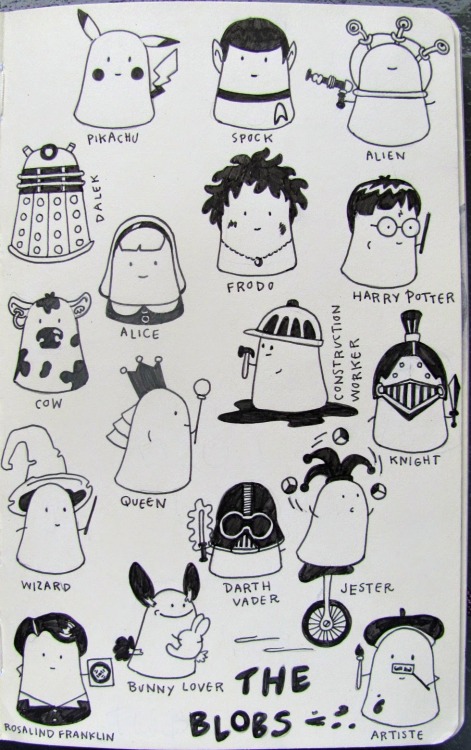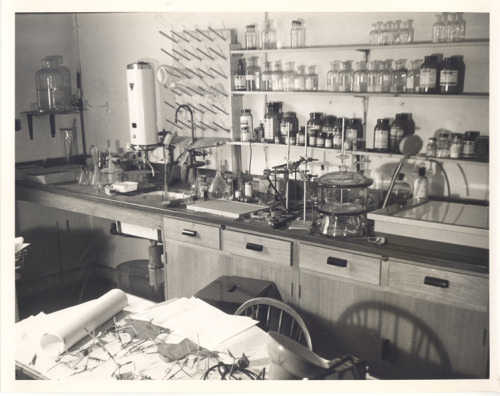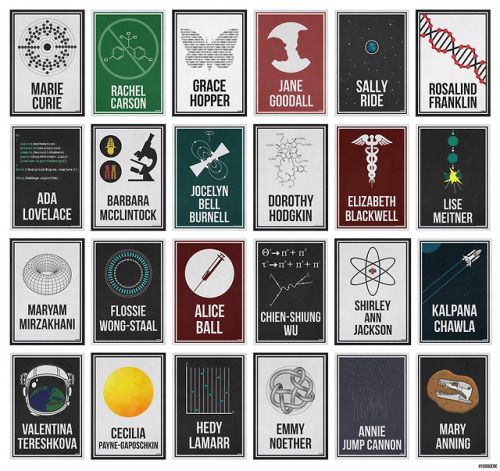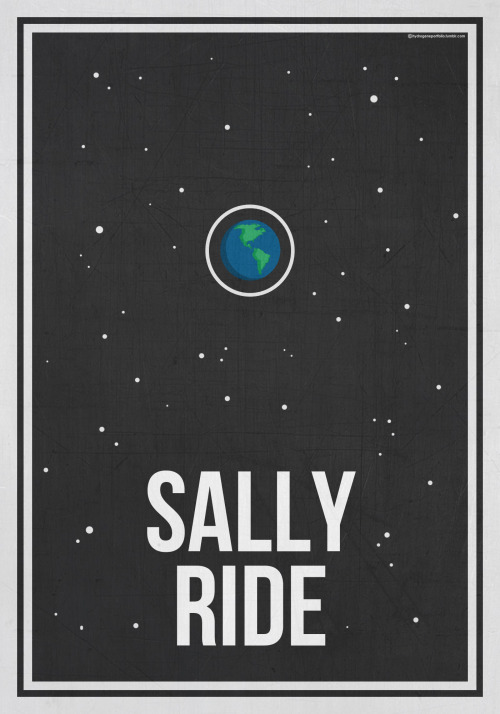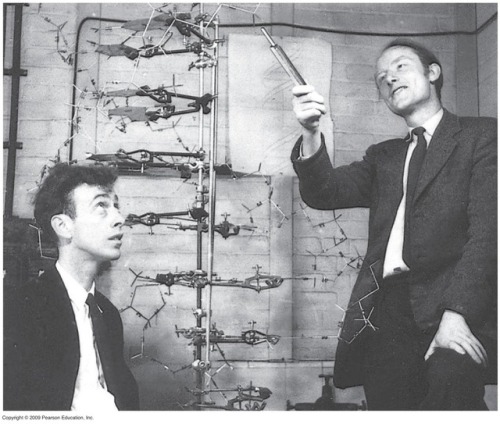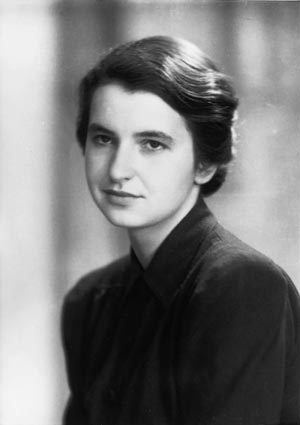#rosalind franklin
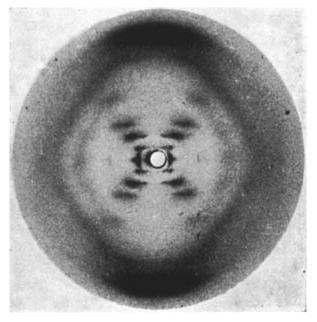
Many of you may recognize this photo of the x-ray diffraction pattern of DNA found by Rosalind Franklin and her PhD student, Raymond Gosling. But, you may wonder how one could figure out from this image that DNA is structured as a double helix and even how x-ray crystallography works.
X-Ray Crystallography
X-ray crystallography is a method of determining the positions and arrangements of atoms in a crystal. Crystals are usually defined to be a highly ordered and repeating microscopic structure of a solid rather than the macroscopic crystals we know like quartz which actually tend to be “polycrystals” because at a microscopic level they do have the highly ordered structure required. Ice is also a polycrystal composed of many smaller ice crystals.
1.) X-ray beams are shot at the crystals
The x-rays interact with electrons of the atoms. This interaction or collision is typically modeled by Thomson scattering where the energy and thus frequency of the x-rays do not change after diffraction. This is similar to light going through a diffraction grating.

2.) Beam is diffracted
The x-rays are diffracted based on the crystal lattice structure of the substance. This is dependent on the characteristics of the bonds between atoms like the bond angles and bond lengths. Also the spacing between molecules also determines the diffraction.

3.) Diffraction pattern
The diffracted x-rays are light waves so they interfere both constructively and destructively. The resulting intensities of the x-rays are recorded on a screen behind the sample to create a diffraction pattern. The sample is rotated to take more data. After sufficient data is taken a model for the crystal structure for the sample can be developed. With a diffraction pattern an electron density map can be made which depicts the location and size of electron clouds in the substance.

Above is an example of an electron density map.
Rosalind Franklin
1920 - 1958Rosalind Franklin always liked facts. She was logical and precise, and impatient with things that were otherwise. She decided to become a scientist when she was 15. She passed the examination for admission to Cambridge University in 1938, and it sparked a family crisis. Although her family was well-to-do and had a tradition of public service and philanthropy, her father disapproved of university education for women. He refused to pay. An aunt stepped in and said Franklin should go to school, and she would pay for it. Franklin’s mother also took her side until her father finally gave in.
…
She spent three years in France, enjoying the work atmosphere, the freedoms of peacetime, the French food and culture. But in 1950, she realized that if she wanted to make a scientific career in England, she had to go back. She was invited to King’s College in London to join a team of scientists studying living cells. The leader of the team assigned her to work on DNA with a graduate student. Franklin’s assumption was that it was her own project. The laboratory’s second-in-command, Maurice Wilkins, was on vacation at the time, and when he returned, their relationship was muddled. He assumed she was to assist his work; she assumed she’d be the only one working on DNA. They had powerful personality differences as well: Franklin direct, quick, decisive, and Wilkins shy, speculative, and passive. This would play a role in the coming years as the race unfolded to find the structure of DNA.
Franklin made marked advances in x-ray diffraction techniques with DNA. She adjusted her equipment to produce an extremely fine beam of x-rays. She extracted finer DNA fibers than ever before and arranged them in parallel bundles. And she studied the fibers’ reactions to humid conditions. All of these allowed her to discover crucial keys to DNA’s structure. Wilkins shared her data, without her knowledge, with James Watson and Francis Crick, at Cambridge University, and they pulled ahead in the race, ultimately publishing the proposed structure of DNA in March, 1953.
The strained relationship with Wilkins and other aspects of King’s College (the women scientists were not allowed to eat lunch in the common room where the men did, for example) led Franklin to seek another position. She headed her own research group at Birkbeck College in London. But the head of King’s let her go on the condition she would not work on DNA. Franklin returned to her studies of coal and also wrapped up her DNA work. She turned her attention to viruses, publishing 17 papers in five years. Her group’s findings laid the foundation for structural virology.
While on a professional visit to the United States, Franklin had episodes of pain that she soon learned were ovarian cancer. She continued working over the next two years, through three operations and experimental chemotherapy and a 10-month remission. She worked up until a few weeks before her death in 1958 at age 37.
Post link
Happy Birthday, Rosalind Franklin!
DNA pioneer Rosalind Franklin was born on this day in 1920.
Franklin grew up studying chemistry and physics and continued to pursue the former when she gained admission to Cambridge University over the objections of her father. She completed her undergraduate work in 1941 and her Ph.D. in physical chemistry in 1945. Her work during those war years focused on the molecular structure of coal and charcoal (or, as she put it, “the holes in coal”) under the auspices of the British Coal Utilisation Research Association. She published five papers on the topic, three of them as the sole author, and helped to spawn the study of high-strength carbon fibers.
After the war, Franklin spent several years in Paris, where she continued to hone her work in crystallography (the science of atom arrangement in solid materials). She undertook the study of X-ray crystallography, which utilizes X-rays in order to study how light is diffracted when it hits a crystal. She became quite adept at this technique, and, although her work predominantly had been within physics and chemistry to this point, when she returned to England in 1951 it was to King College’s biophysics program, where she was to examine large biological cells and, in a sudden change of plans, DNA.
It was through Franklin’s X-ray crystallography work on DNA that revelations about the structure of DNA came to light. Scientists around the world were already at work unraveling the mysteries of the biological building block, but it was an image of Franklin’s, Photograph 51 as it would be dubbed, that provided the answers to several mysteries about DNA’s double helix. Maurice Wilkins, the head of the research lab, shared this photograph, without Franklin’s knowledge, with James Watson and Francis Crick, who were working at Cambridge. The clear images allowed Watson and Crick to see where their own research had gone wrong and to correct it. They published their results of the double helix structure of DNA in Nature in 1953. Although her photograph was attributed to her (and a paper she and her graduate student wrote appeared alongside their findings), modern examinations of their work suggest that Franklin’s contributions were downplayed, although whether inadvertantly or intentionally remains a debatable point.
Franklin’s bright future was not to be fully realized, however. She died in 1958 at the age of 37 of ovarian cancer. Her death rendered her ineligible to be considered for the 1962 Nobel Prize that Crick, Watson, and Wilkins would share for their DNA findings.
Photo Credit: National Library of Medicine/Collection of Jenifer Glynn
Post link
Scientific practice can never exist in a vacuum and must always work in conjunction with everyday life. Rosalind Franklin was best known for her role in pioneering the use of X-ray diffraction, which later aided her discovery of “the secret of life” — the structure of DNA.
Post link
February 28th 1953: Watson and Crick discover DNA structure
On this day in 1953, scientists James D. Watson and Francis Crick discovered the chemical structure of DNA. They made the discovery of the double helix structure while building a cardboard model of the molecule in their laboratory at Cambridge University. Their model of DNA was based on an X-ray diffraction image taken by Rosalind Franklin and the fact that DNA bases are paired; due to her gender, Franklin is often forgotten in narratives of scientific history. Watson and Crick first announced their discovery to friends and it was not formally announced to the wider scientific community until April 25th. Watson, Crick and Maurice Wilkins were jointly awarded the 1962 Nobel Prize for Physiology or Medicine for their discoveries. The discovery was a groundbreaking moment for science, and lay the foundations for the research into DNA and the investigation of human genetics.
“We have found the secret of life.”
-Francis Crick
Post link
It’s so sexy of professors when they talk about Rosalind Franklin and how she did most of the work for discovering the DNA structure and expose Watson & Crick for the frauds they are
Rosalind Franklin. She performed the x-ray crystallography that helped Watson and Crick identify the double helix shape of DNA. They got a Nobel Prize, but she was too classy for that. And she was dead. But mostly she was too classy.
MY GIRL ROSIE
Post link


